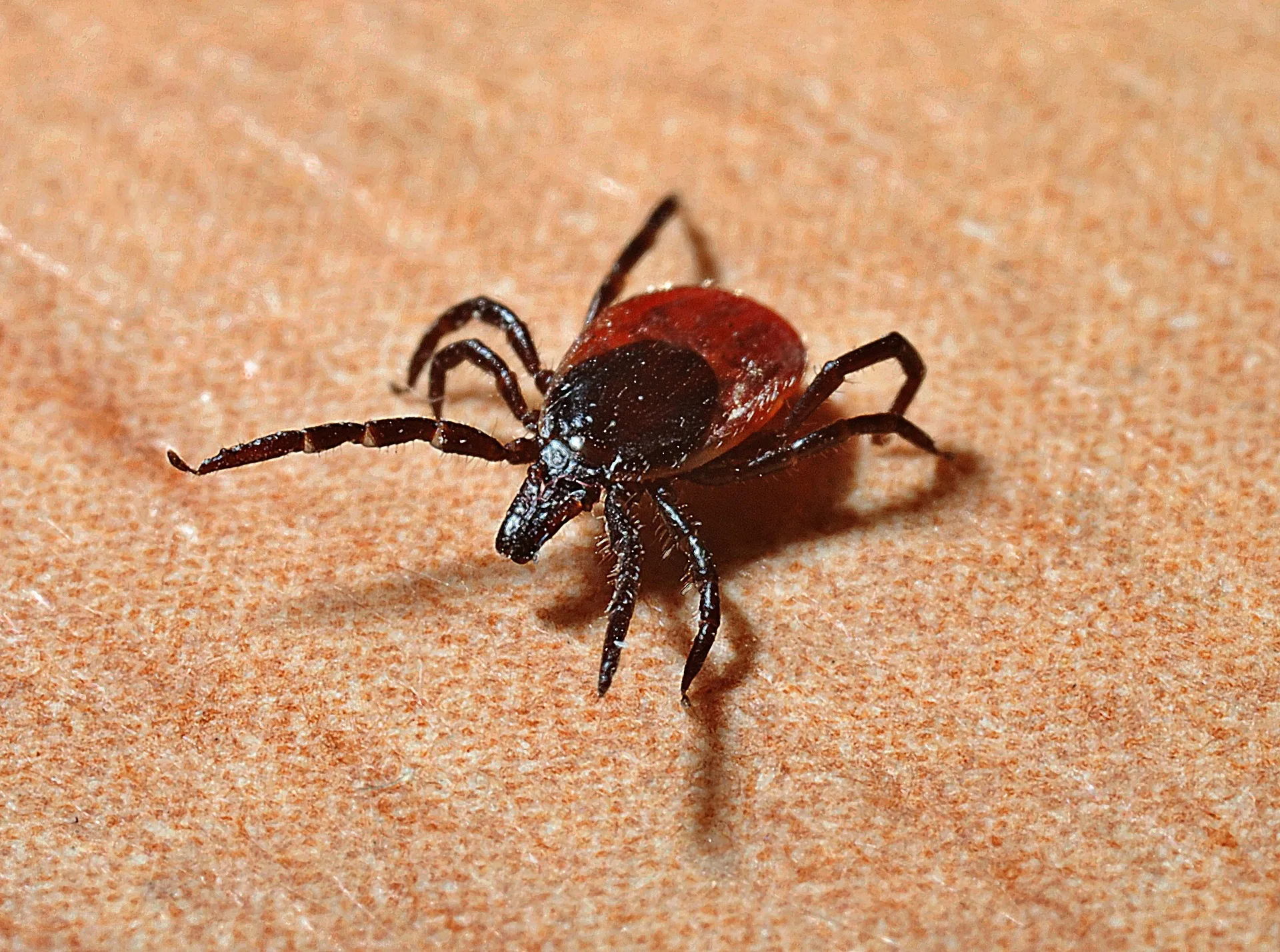Lyme disease is the “most common vector-borne disease” in the United States, affecting around 470,000 people a year. With an increase in cases over the past few decades, researchers are looking for ways to curb these rates, and it appears that they’ve found one in the form of a vaccine.
Climate Change and Lyme Disease
Climate change has had a profound effect on the state of the planet and according to the Environmental Protection Agency (EPA), it’s also created an atmosphere for increased Lyme disease cases,
“Studies provide evidence that climate change has contributed to the expanded range of ticks, increasing the potential risk of Lyme disease, such as in areas of Canada where the ticks were previously unable to survive.”
The EPA added that as tick activity is influenced by temperature, shorter winters create an environment whereby ticks are more active, thus increasing human exposure to Lyme disease.
Per the Centers for Disease Control and Prevention (CDC), rashes, nerve pain, swollen lymph nodes, chills, sore muscles and joints, fatigue, shortness of breath, and dizziness. While there are treatment plans for Lyme disease, such as oral antibiotics, if left untreated, the condition can have long-term health consequences, such as severe joint pain, irregular heartbeat, nerve pain, and inflammation of the brain and spinal cord.
Is there a Lyme disease vaccine?
In 2002, LYMERix, the only vaccine available for Lyme disease, was pulled from the market and discontinued by the manufacturer as a result of “insufficient consumer demand.”
How can this be if Lyme disease affects so many people?
Well, according to reports, consumers were turned off by the adverse effects associated with the vaccine, such as arthritis, as well as general anti-vaccine sentiments. It should be noted that the FDA found “insufficient evidence to support a causal relationship” between the effects and the vaccine.

Image Point Fr/Shutterstock
The removal of LYMERix from the market has left the public with one less way to combat Lyme disease – well, until now, that is.
Last month, Moderna announced two new development candidates for a Lyme disease vaccine. In addition to this, Pfizer and Valneva are already running late-stage clinical trials with the vaccine candidate, VLA15. That said, the company did have some trouble in February when it had to expunge results from half of its clinical trial participants due to issues with how the study was run by a third-party operator.
Nonetheless, the companies plan to apply for Food and Drug Administration (FDA) authorization by 2025.
Protecting against Lyme disease
The vaccine isn’t the only thing that researchers are working on in regards to protecting against Lyme disease. There’s been work on a preventative shot for Lyme disease, as well as a mouse vaccine that may spread immunity to the ticks themselves.
In the meantime, while researchers work hard to protect us against Lyme disease, you can also do your part. Protect yourself from Lyme disease by option for light-colored long sleeves and long pants, and tucking your pants into your socks, so ticks can’t crawl up your legs.
In addition to this, spraying your clothes, shoes, and socks with the insecticide Permethrin can kill ticks on contact. It’s important to note that Permethrin cannot be sprayed on the skin, but you can use EPA-approved DEET-based sprays like Badger Bug Spray’s Organic Natural Bug Repellent Spray
Can I still go hiking?
Yes, but remember that ticks love tall grass and bushy areas, so make sure to stay on the path if you want to avoid tick bites. Once you get home, check your clothes and body for ticks. Thoroughly check the following areas
- scalp
- in and behind ears
- behind your neck
- under your arms
- between fingers
- waist and back
- belly button
- pelvic and groin area
- behind the knees
- between toes
You can throw your clothes into the dryer as an added effort to kill any unnoticed ticks.
Removing a tick
If you do find a tick, remove it as soon as possible. The Centers for Disease Control and Prevention provides the following instructions for removing ticks, requesting that you find fine-tipped tweezers, rubbing alcohol (or soap and water), a mirror, and a small jar or container with a lid. You may also need an extra person to help with the removal.
- Take the tweezers and gently grab the tick as close to your skin as possible. Avoid clamping or ripping motions as they can crush or break a tick.
- Slowly pull back with even pressure until the entire tick (body and head) is removed.
- Swiftly place the tick into a jar or container and secure the lid.
- Wipe the area with rubbing alcohol, or soap and water.
Place the tick in a sealed container in case your doctor requires it. In fact, the state of Connecticut runs a lab that will analyze your tick free of charge.
Want to know more?
Shania Twain is an absolute legend in the music industry, and she’s not slowing down anytime soon. However, this wasn’t always the case.
Speaking in a documentary, Shania Twain revealed how her 20-year battle with Lyme disease almost ended her music career.
References
Nigrovic, L. E., & Thompson, K. M. (2007). The Lyme vaccine: a cautionary tale. Epidemiology and infection, 135(1), 1–8. https://doi.org/10.1017/S0950268806007096



![women [longevity live]](https://longevitylive.com/wp-content/uploads/2020/01/photo-of-women-walking-down-the-street-1116984-100x100.jpg)










